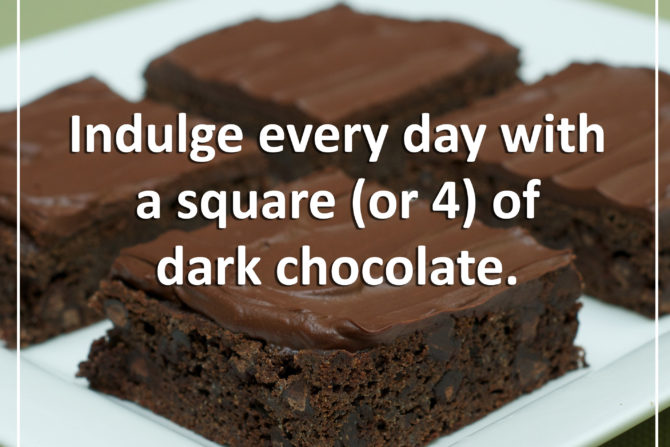In honour of February being chocolate month, it is time to learn what chocolate actually does to benefit our health. Your typical chocolate bar, sad to say, aren’t healthy, as you probably already know! Luckily, there are so many other types of chocolate that you can indulge in, totally guilt free. Luckily there are so many brands and companies creating delicious chocolate that even Willy Wonka would approve of. Some of our faves include…Giddy Yoyo, Chocosol, Righteously Raw and Sacred Chocolate.
So let’s peel back the wrapper and look at a few of the options that are available when it comes to good ol’ chocolate.
Cacao is the purest form of chocolate you can consume, which means it is raw and much less processed than cocoa powder. Raw cacao is made by cold-pressing unroasted cocoa beans. The process keeps the living enzymes in the cocoa and removes the fat (cacao butter). Cacao is high in antioxidants and magnesium. Some of the many benefits of raw cacao are that it reduces your risk of cardiovascular disease, strokes and blood pressure. It is also rich in minerals like iron, potassium, calcium, zinc, and copper. Use raw cacao powder for desserts, smoothies or warm beverages like elixirs!
Cocoa is the term used to refer to the heated form of cacao that you probably grew up buying at the store in the form of cocoa powder. Cocoa powder is raw cacao that’s been roasted at high temperatures. Cocoa powder comes from cocoa beans that grow in pods on the cacao tree. Sadly, roasting changes the molecular structure of the cocoa bean, reducing the enzyme content and lowering the overall nutritional value. The fatty component of chocolate is cocoa butter. Cocoa powder does contain several minerals including calcium, copper, magnesium, phosphorus, potassium, sodium and zinc, making it healthier than your favorite chocolate bars.
What is the deal with carob. Carob is a brown floury powder extracted from the carob bean, used often as a substitute for chocolate. Carob flour is widely used in health foods for chocolate-like flavoring. However it is completely different than chocolate. They can’t really be compared. However if someone is intolerant or had an allergy to chocolate, this is where Carob can steps in. Better yet, you may just love the way carob taste without it replacing chocolate. Carob also has excellent nutritional value. Unlike chocolate, carob is naturally sweet, low in fat, high in fibre, has calcium, and contains no caffeine. And because chocolate is linked to migraines and caffeine-sensitivity for some people, carob definitely has its advantages.
So let’s get back to your kit kat bar which not only contains high amounts of saturated fat and lots of added sugar, but it is no where near it’s original form. There’s hardly even any “chocolate” in there. All the benefits from cacao are no longer present because of all the processing that chocolate goes through. That is why it is best to try and avoid this as much as possible. Always attempt to eat raw cacao, or carob when available. Besides being delicious, you are receiving amazing health benefits from them – they say chocolate is the best medicine!
No one says that you have to give up the taste of chocolate completely. That is why there are other healthy alternatives (as listed above) to enjoy while still keeping the yummy and pure flavour of “real” chocolate! I must add that chocolate not only tastes delicious but some say that is sparks creativity, brings on a sense of euphoria and just makes you an all around better person (there is no study to back up the last part of this statement). It’s true chocolate is the source of so much pleasure, satisfaction and can be a magical ingredient when used in the kitchen! Now don’t ask you wouldn’t do for chocolate, the real question is…what can chocolate do for you?


